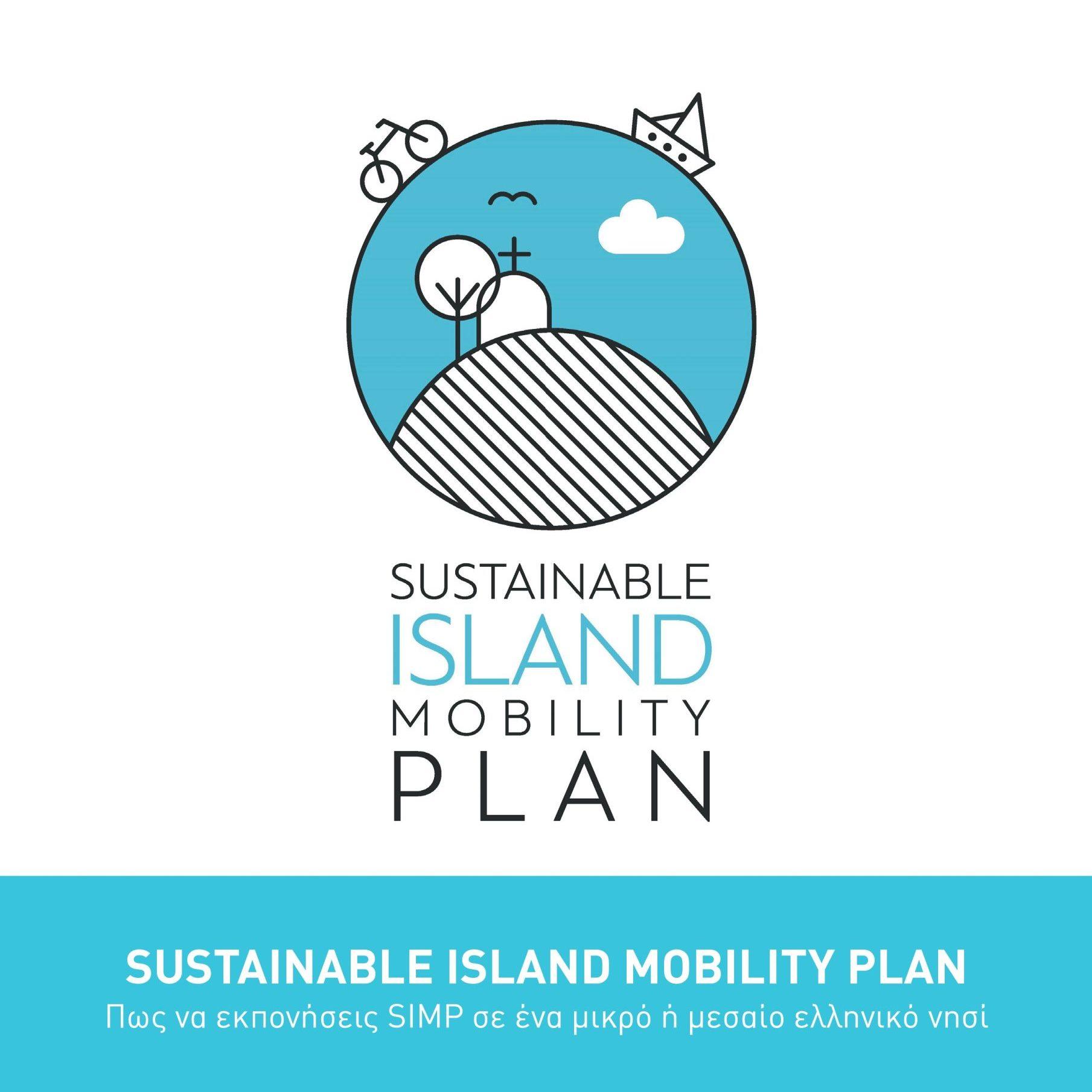This policy brief is built on the analysis of background
documentation, in-depth interviews with the Urban Transports
Community (UTC), a dedicated online survey to get the insights of
other international experts and desktop research from where to
collect key information and the best practices on E-Mobility arising
from Mediterranean cities.
There is a range of measures that are being employed across the EU
and in Mediterranean cities to reduce emissions in the transportation
sector, including investing in and prioritising active mobility
(walking and cycling), public transport and electric mobility.
Electric vehicles (hereby also spelt as e-vehicles and EVs) are a key
part of reducing the levels of and effects of pollution produced by
the transport sector, consequently, the European Commission’s
“Sustainable and Smart Mobility Strategy” placed them at the core of
Europe’s effort to decarbonise urban mobility and the transport
sector, setting ambitious targets and milestones in 2030 and 2050.
The roadmap toward the decarbonisation of urban mobility in many
European cities has already carried out important investments in this
sector that matches the magnitude of the expected benefits.
The e-vehicle industry has not been immune to the pandemic.
Due to the global supply chain disruption, and the war in Ukraine, the
planned timeline of production has been slowed down, delaying the
delivery period of many electrified models up to 1 year. In addition,
it is worth mentioning that reaching price parity between internal
combustion vehicles and e-vehicles has become harder than it
seemed in 2021: the rising prices for nickel, cobalt, and other metals,
crucial to the production of e-vehicle batteries, are contributing to
slowing the path toward the goal of producing electric batteries at
USD 100 per kWh.
In Europe, the Netherlands, France, and Germany have established
70% of all current e-charging points in the region, even though,
together, they only represent 23% of Europe’s geographical extent.
On the other hand, Mediterranean countries, which are far from
the Northern European figures, are nonetheless setting very
ambitious targets to deploy electric charging infrastructure in
the medium term and to meet the known EU goals: in particular, Italy
has set a target of 32,000 fast and ultra-fast chargers by 20301
and Spain expects to have 100,000 public e-charging stations by 2023 –
something that will be supported by a bespoke package of impulse
measures announced in December 20212.
The large investments made to support the e-mobility industry are
a good example of the strategic importance it has for the member
states of the European Union: investments in battery plants
to underpin the EV production industry (so as not to depend on
foreign countries such as China), the great commitment to the
electrification of public transport and the disincentivising of
combustion vehicle’s use represent priorities in the roadmap to
sustainable mobility of the vast majority of EU national governments.
The recovery funds articulated by the Next Generation program3
allow countries like Italy and Spain to fund strategic projects aimed
at building new infrastructure for the development of e-mobility
and modernising the urban mobility sector. On 23 February 2022,
the Spanish government awarded 1,000 million euros to 170
municipalities for this specific purpose as part of the Next Generation
recovery plan.









